What the Final, Major 150th Anniversary Civil War Reenactment Looked Like
What war—and surrender—looked like on the 150th anniversary of the end of the Civil War
Soldiers fought in Virginia last week, though without real ammunition in their guns. To mark the final chapter in four years of 150th anniversaries, this time the skirmishes at Appomattox Court House and the surrender of Confederate forces that followed, Civil War reenactors donned historically accurate uniforms, mounted horses and slept overnight in 1865-style tents. Rifles set off a haze of smoke, though specialists from the National Park Service made sure that the gunpowder was used safely.
For reenactors who consider themselves “authentic campaigners”—men and women who take their roles as reenactors very seriously—the events of April 9 were not just historically significant, but the ultimate display of reenactor pride: There were horses. There were mud-sullied uniforms embroidered just so. There were cannons and there were battle-worn flags.
Authenticity reigns at battles like this, and perhaps especially on such a prominent anniversary, the last major one for at least another 25 years. As the list of rules on the Appomattox Historical Society’s website instructs, reenactors had to take extra care to wear natural fibers, period-cut clothing and historically accurate glasses (no plastic frames allowed). For women who wanted to participate, passing as male was of utmost importance. According to the society’s official list of “impression standards,” “Women portraying soldiers in the ranks should make every reasonable effort to hide their gender. Thousands, [sic] of women passed themselves off as men in order to serve as soldiers during the war—on both sides.”
Reenactors also had to keep cell phones away from view, drink only out of old-school containers, and cook and eat only with utensils appropriate for the Civil War period.
After the battle, participants recreated the moment that Ulysses S. Grant and Robert E. Lee signed an armistice after four exhausting, heart-rending years at war. Lee, realizing his army was “famished, exhausted and surrounded,” told a lone Confederate horseman to wave a white towel as a flag of truce. The Union army, led by General Grant, would accept nothing short of a full surrender, and eventually the fighting stopped, despite a few remaining skirmishes before news of the end of the war made its way through the nation.
See above for one spectator’s fascinating photos of the reenactors’ battle. And for more about the sesquicentennial of the end of the Civil War, see Smithsonian.com’s guide to the war’s secrets, poetry and legacy, or our list of underappreciated and forgotten Civil War sites.
/https://tf-cmsv2-smithsonianmag-media.s3.amazonaws.com/accounts/headshot/michele-lent-hirsch.jpg)
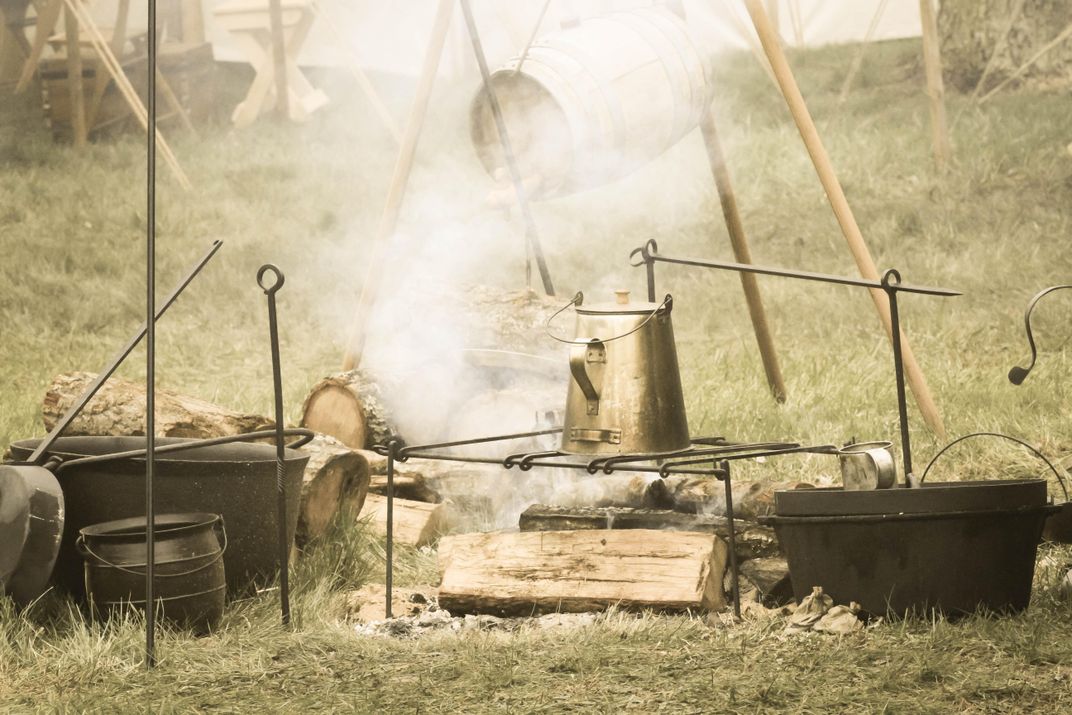
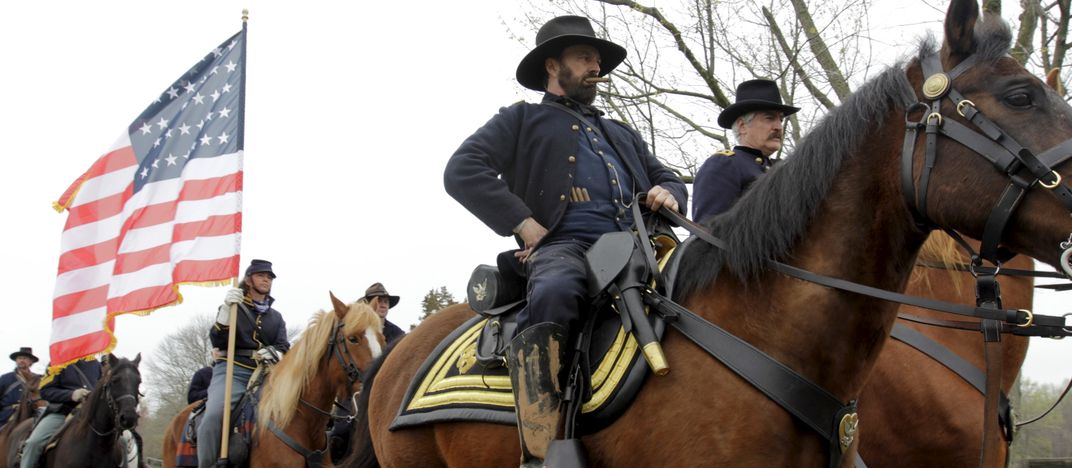
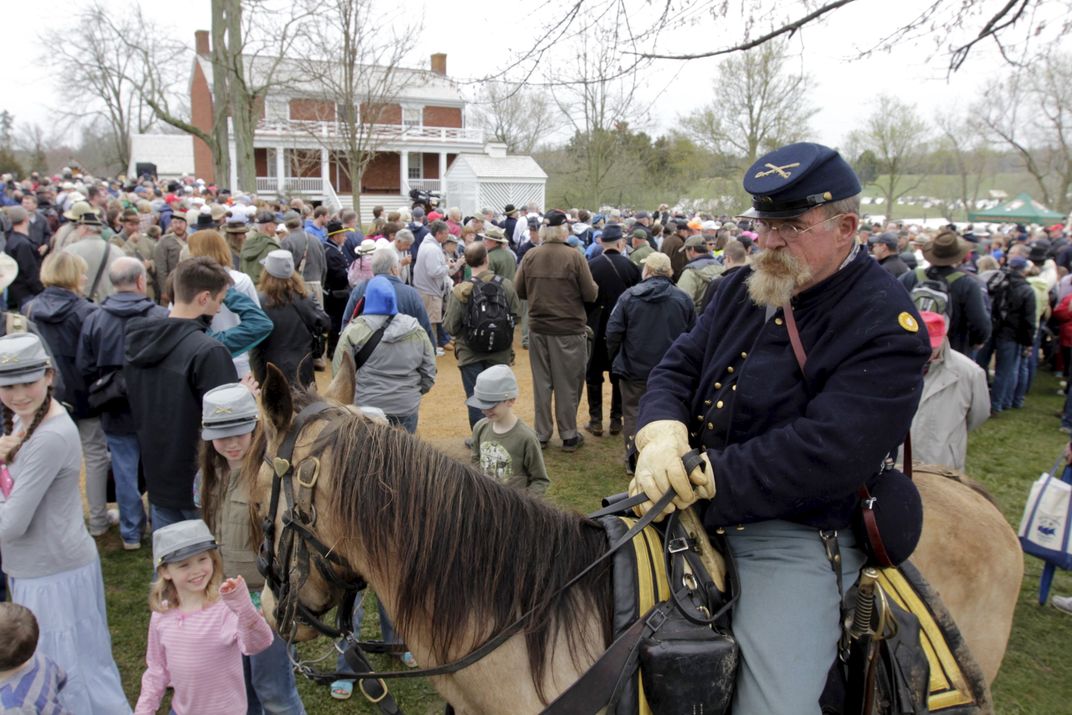
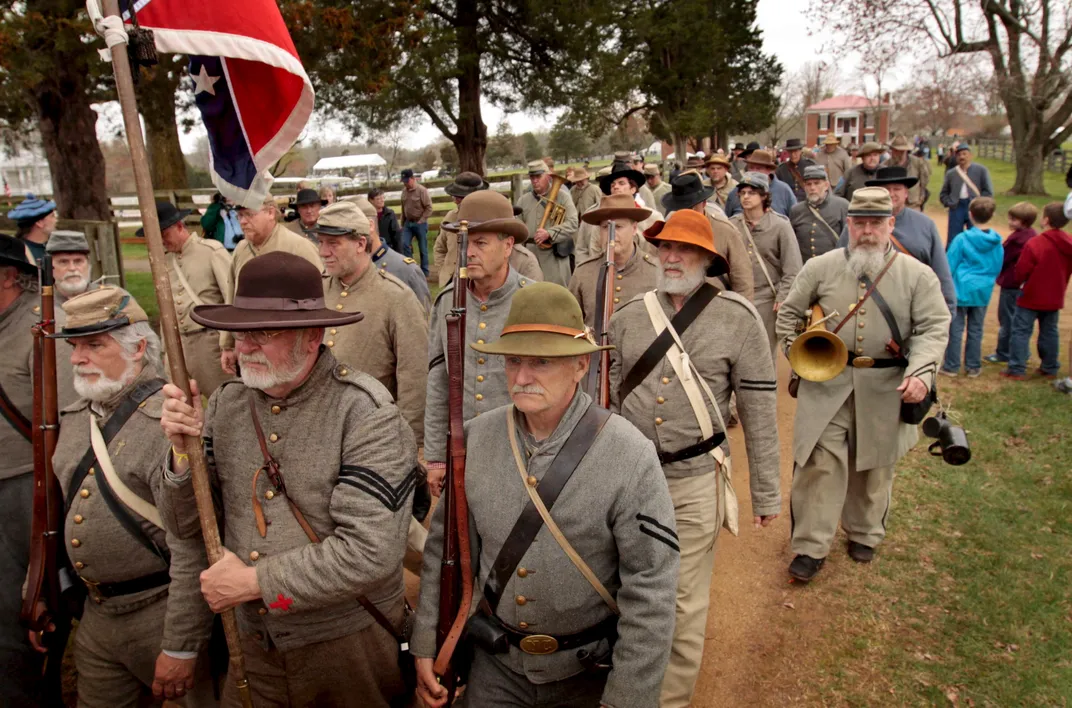
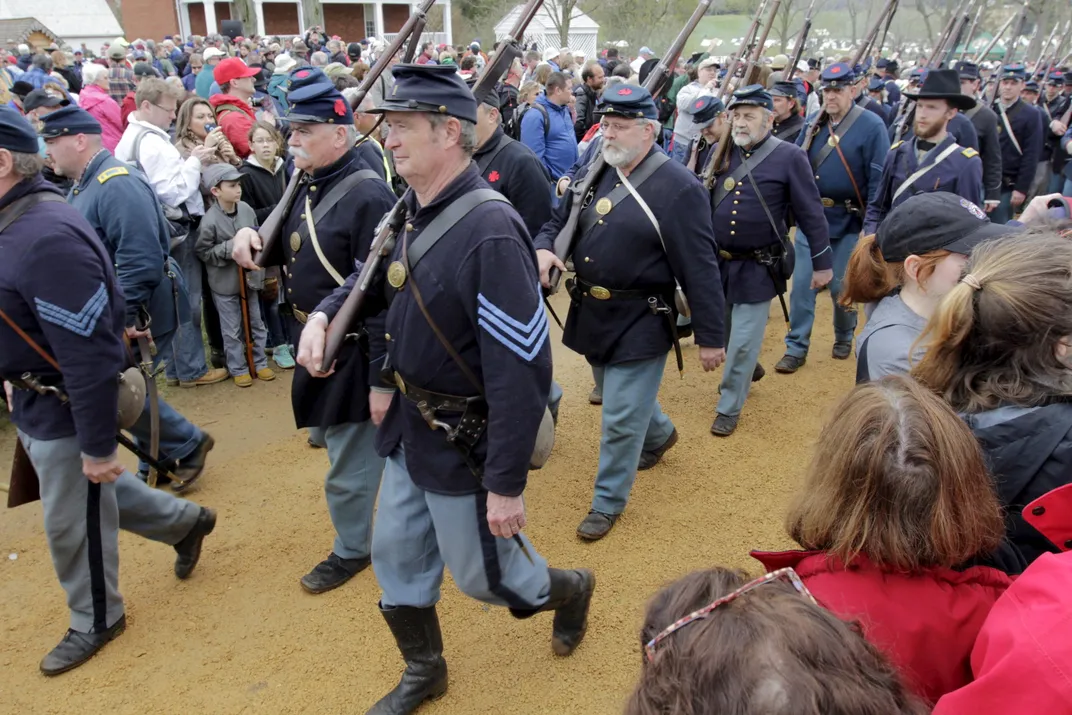
/https://tf-cmsv2-smithsonianmag-media.s3.amazonaws.com/filer/ad/ab/adab2a96-ea7b-48be-935a-182c994b6e31/42-70464524.jpg)
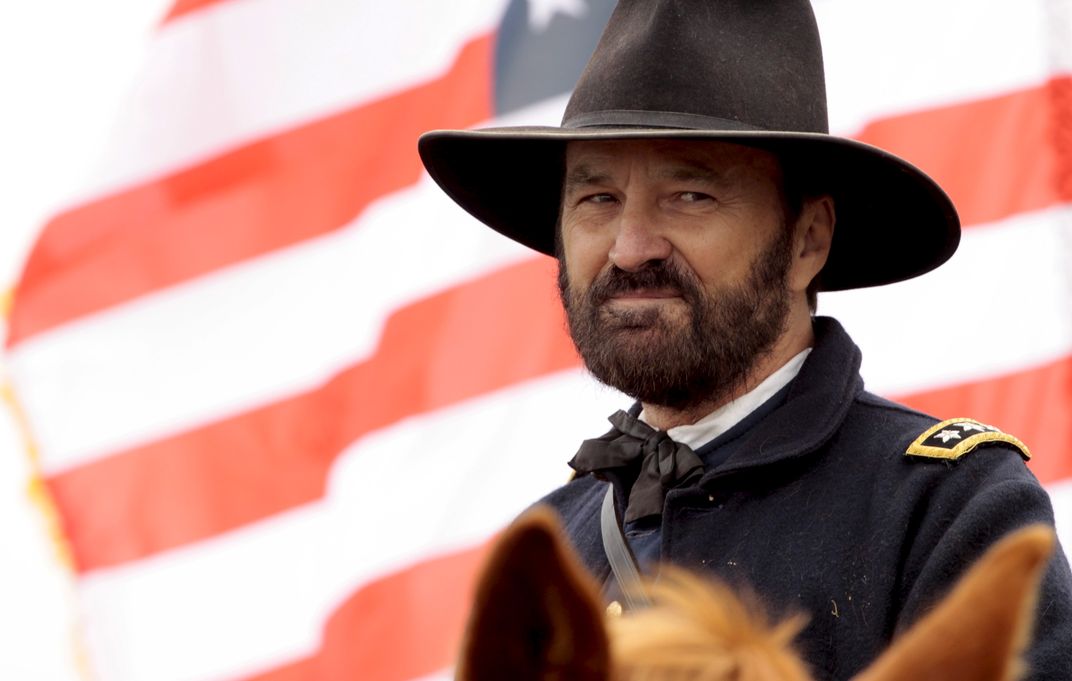

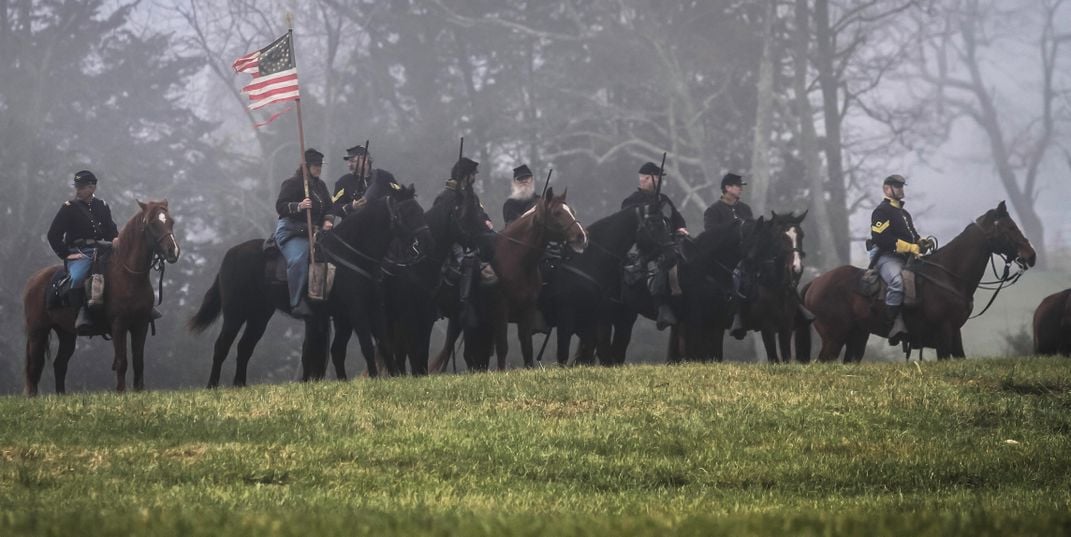
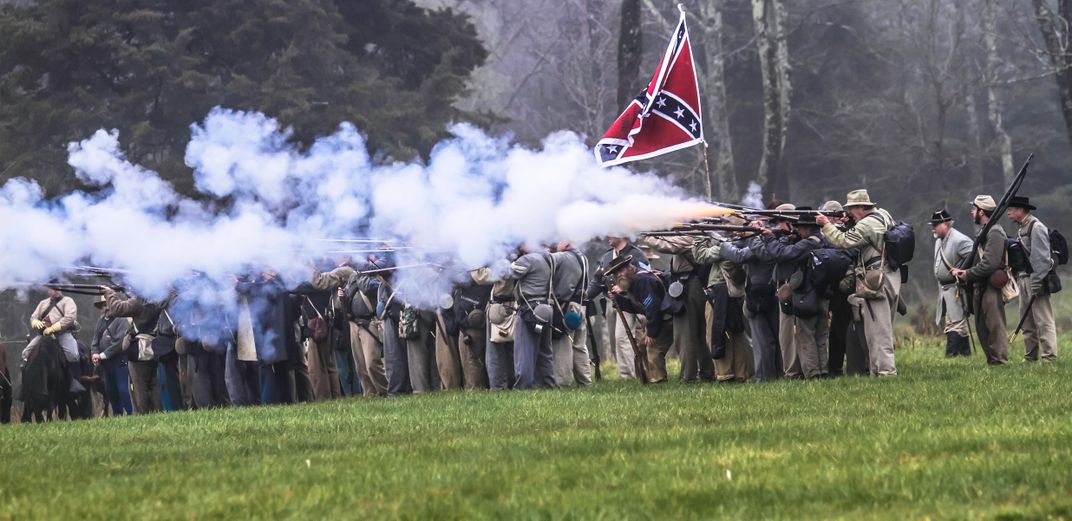
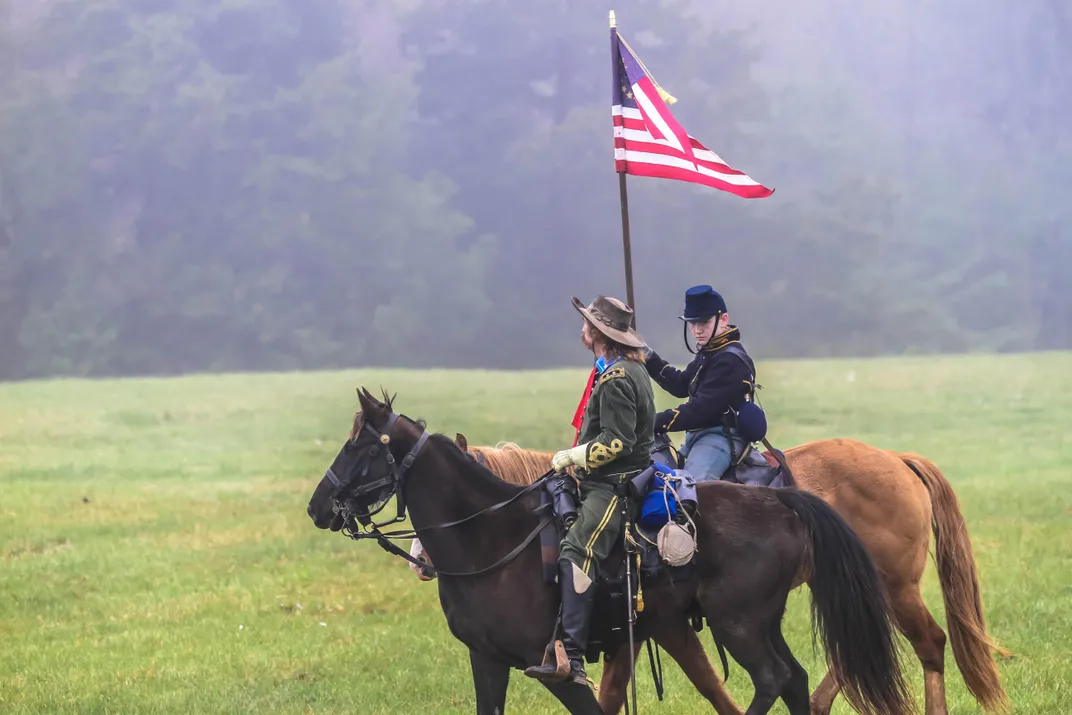
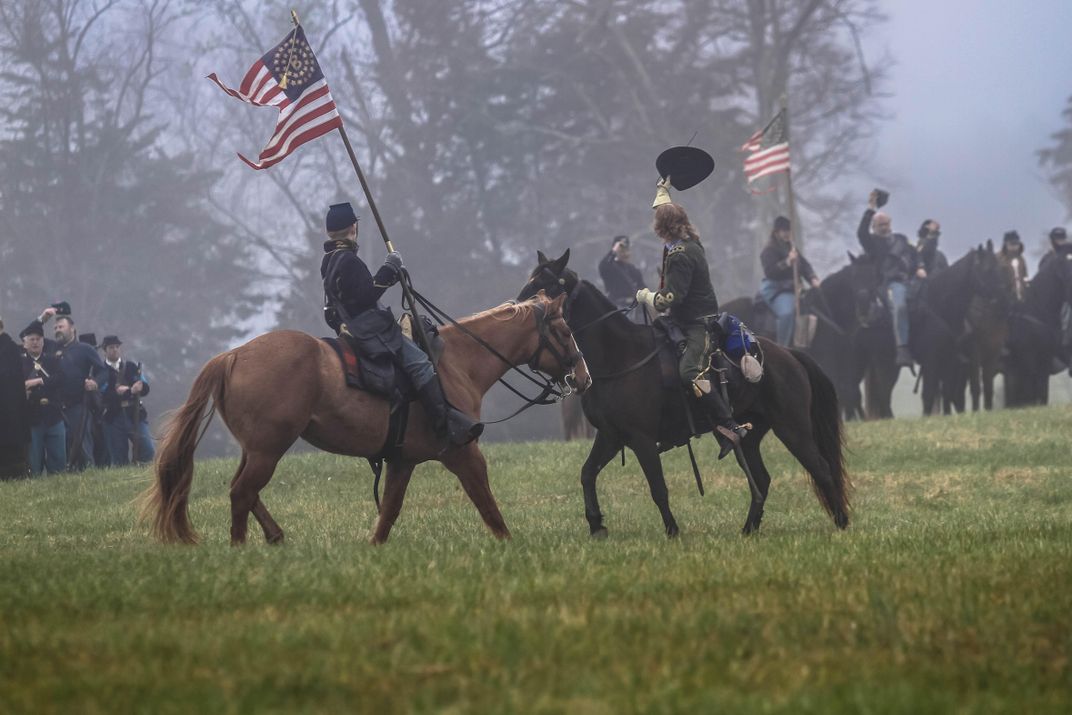
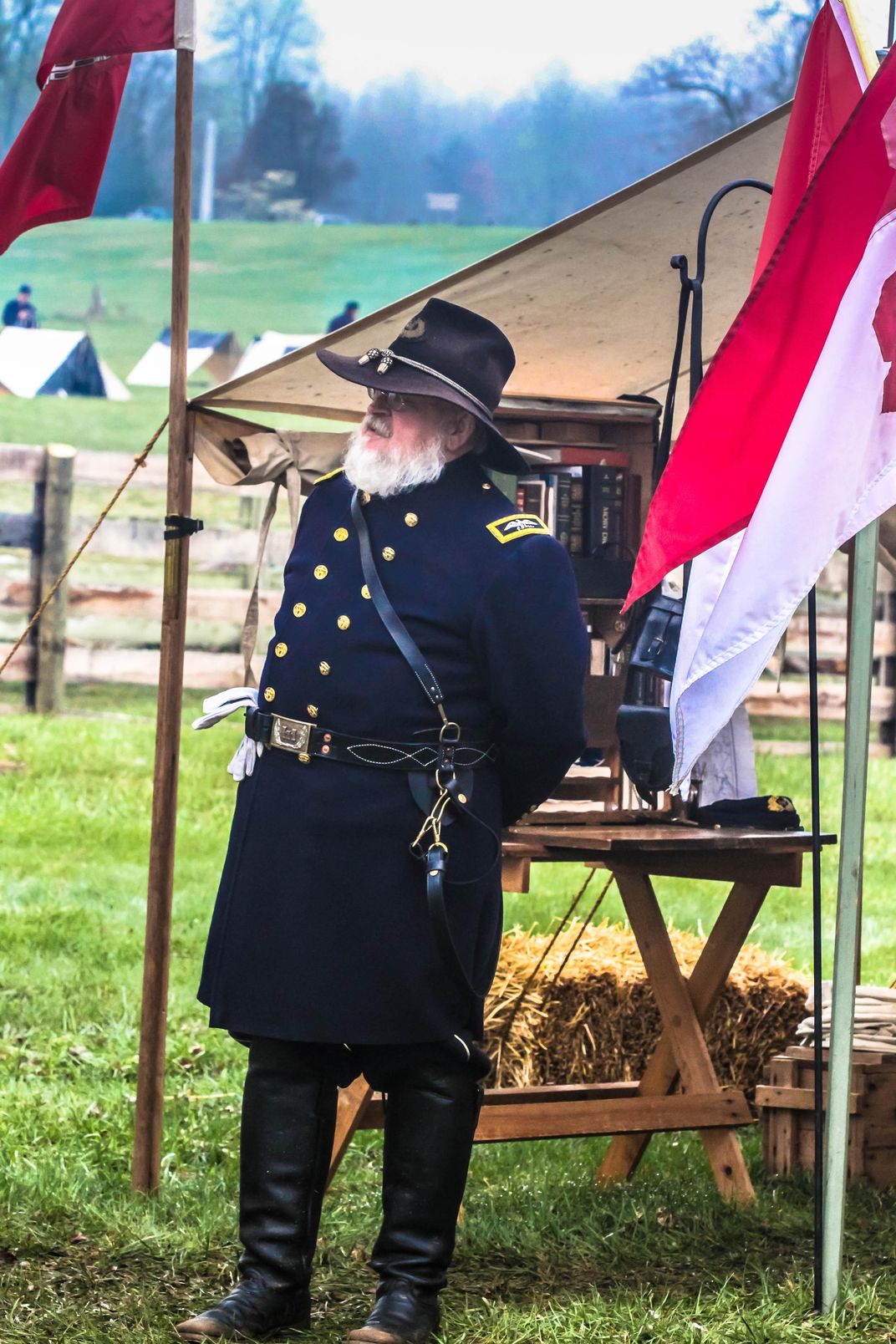
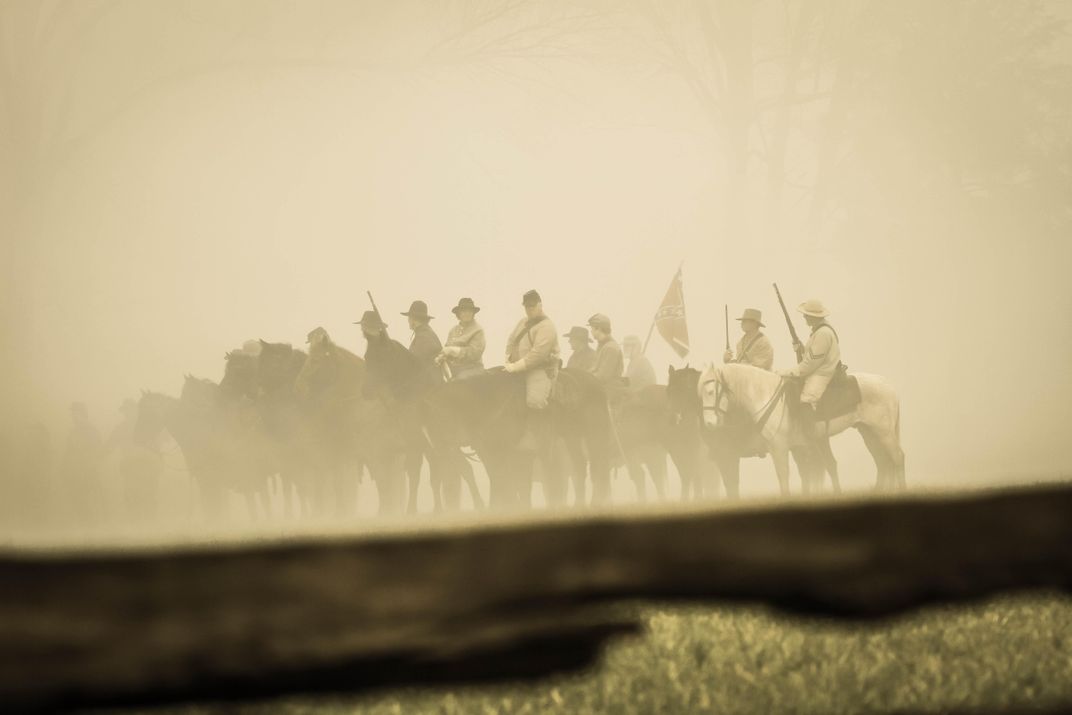
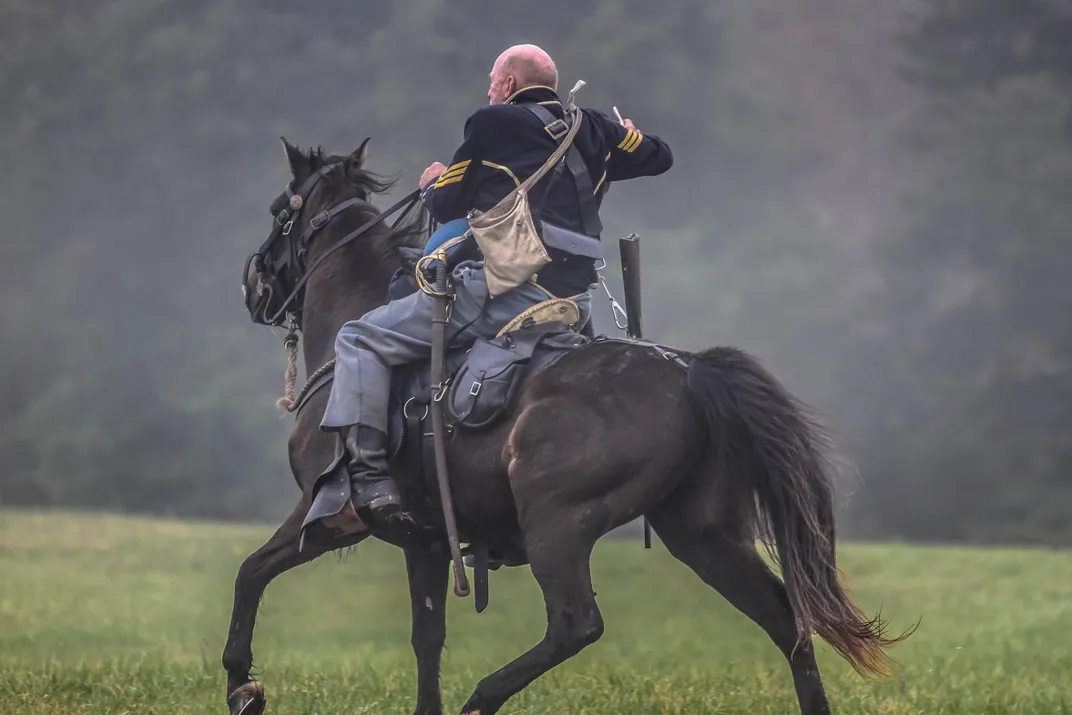
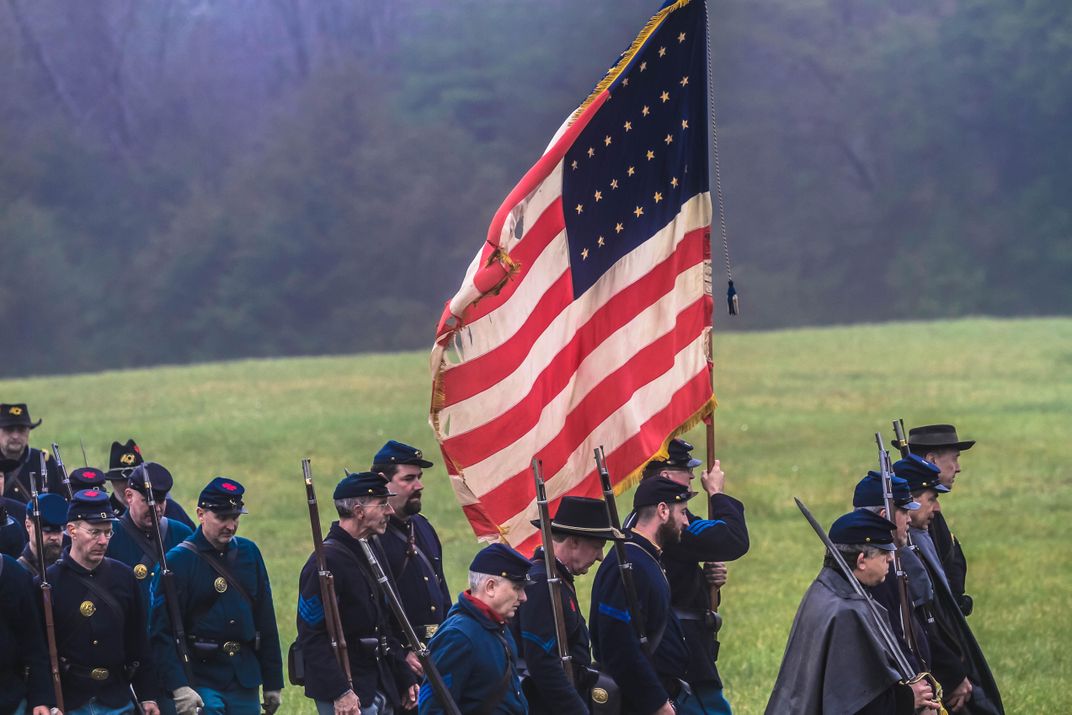
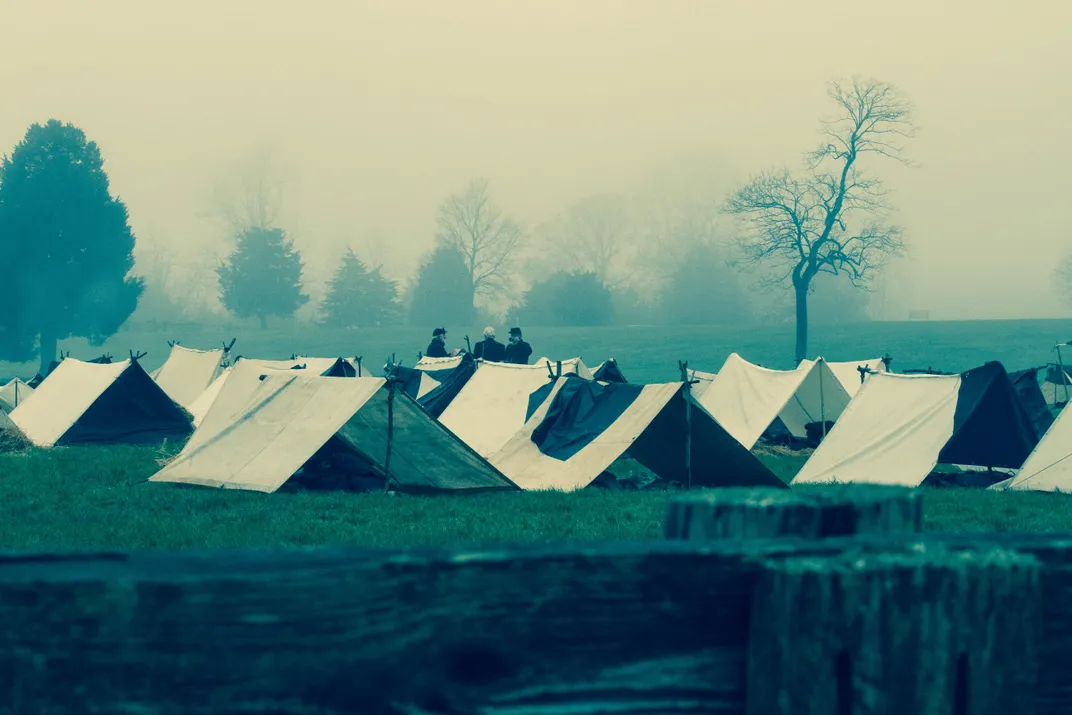
/https://tf-cmsv2-smithsonianmag-media.s3.amazonaws.com/accounts/headshot/michele-lent-hirsch.jpg)